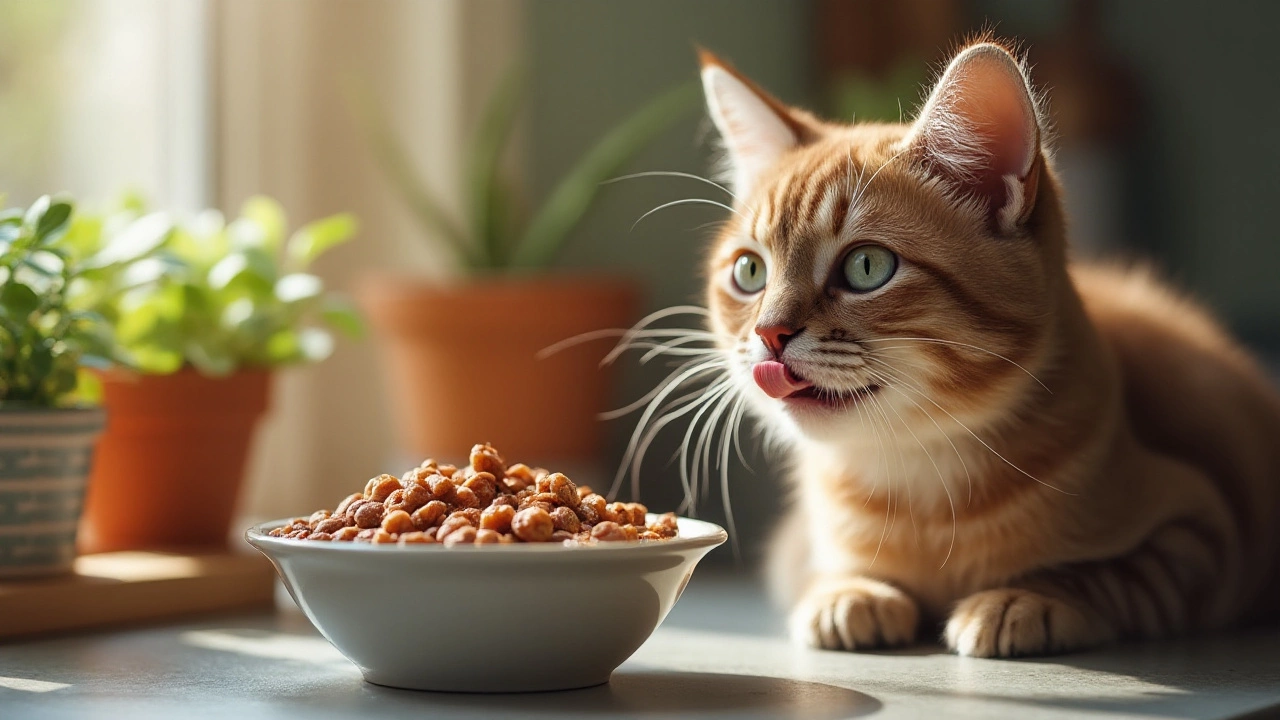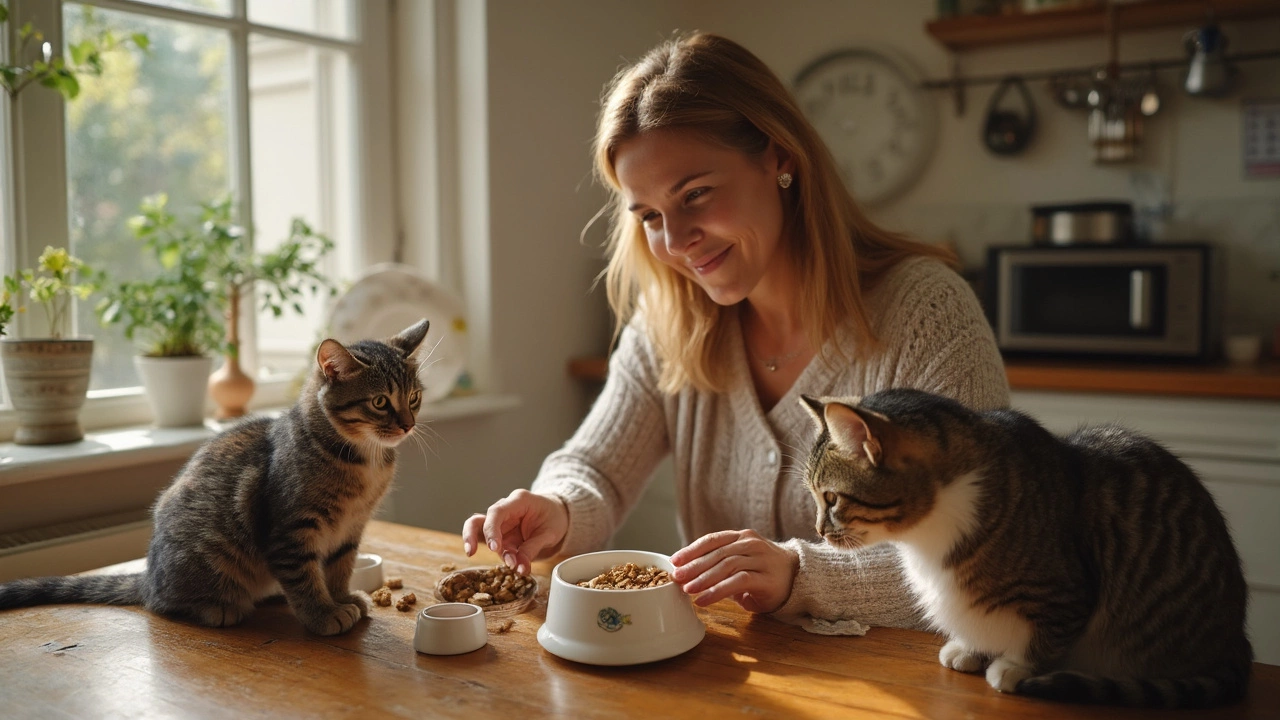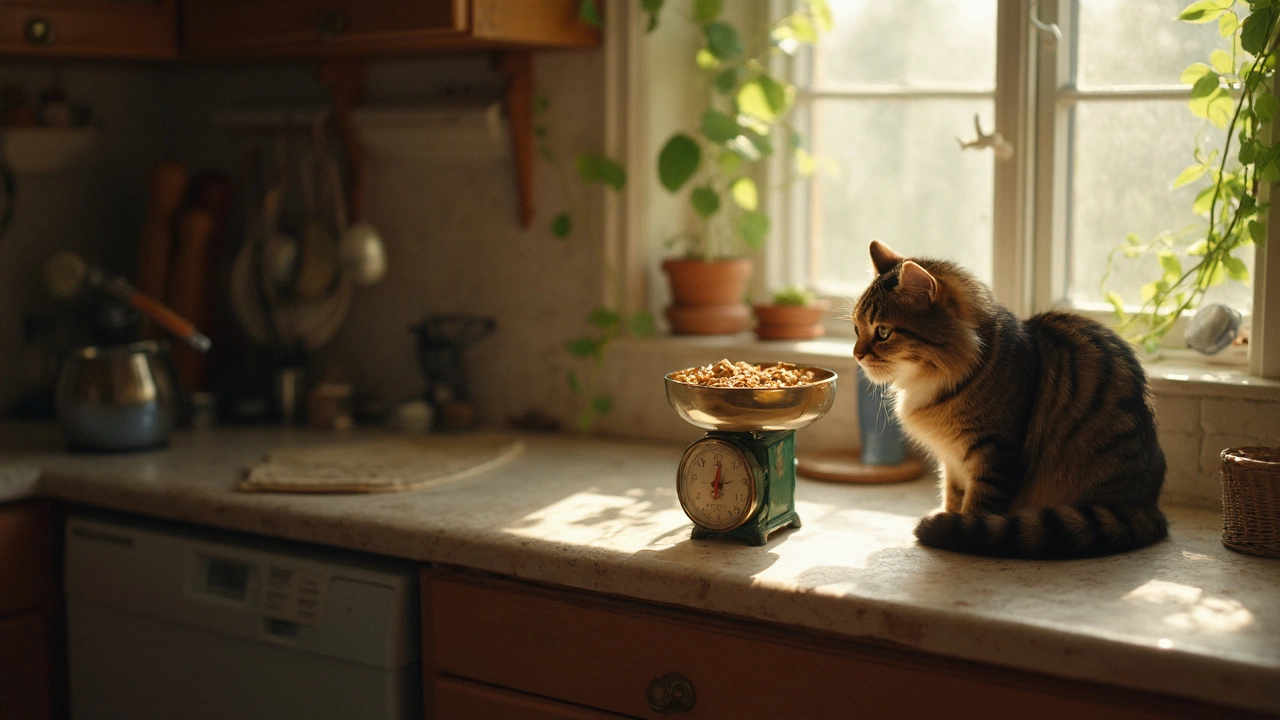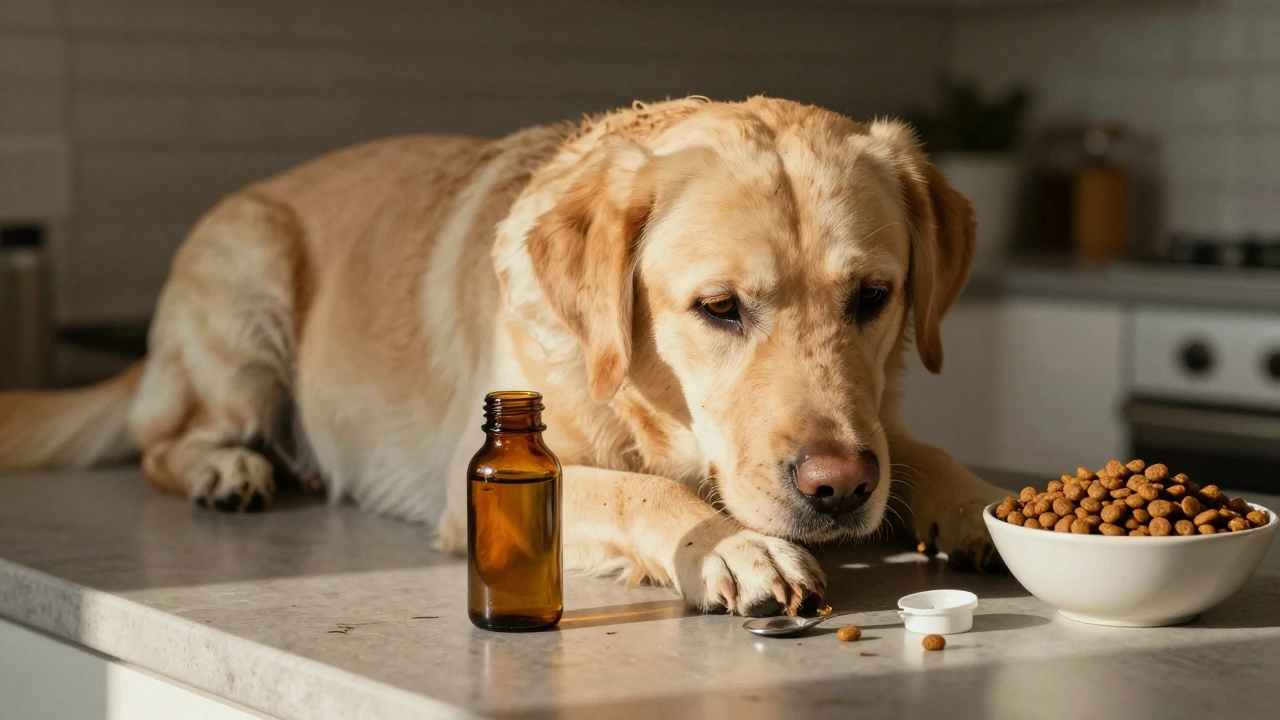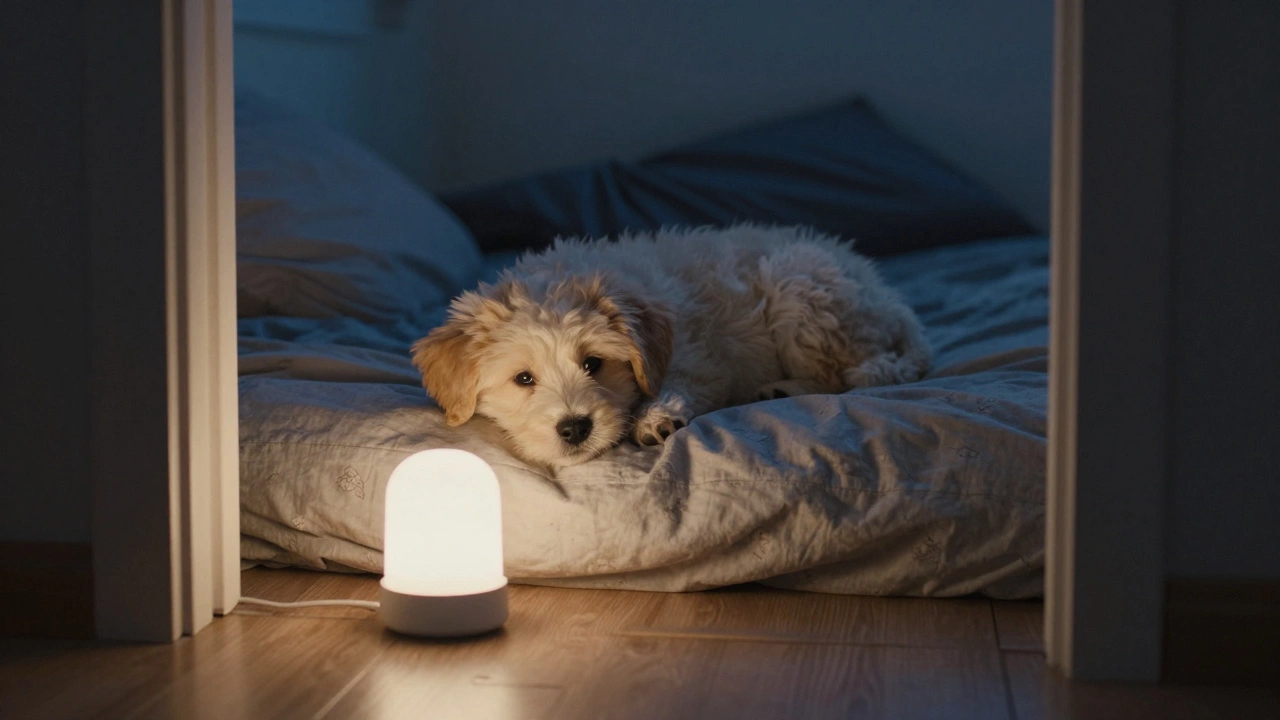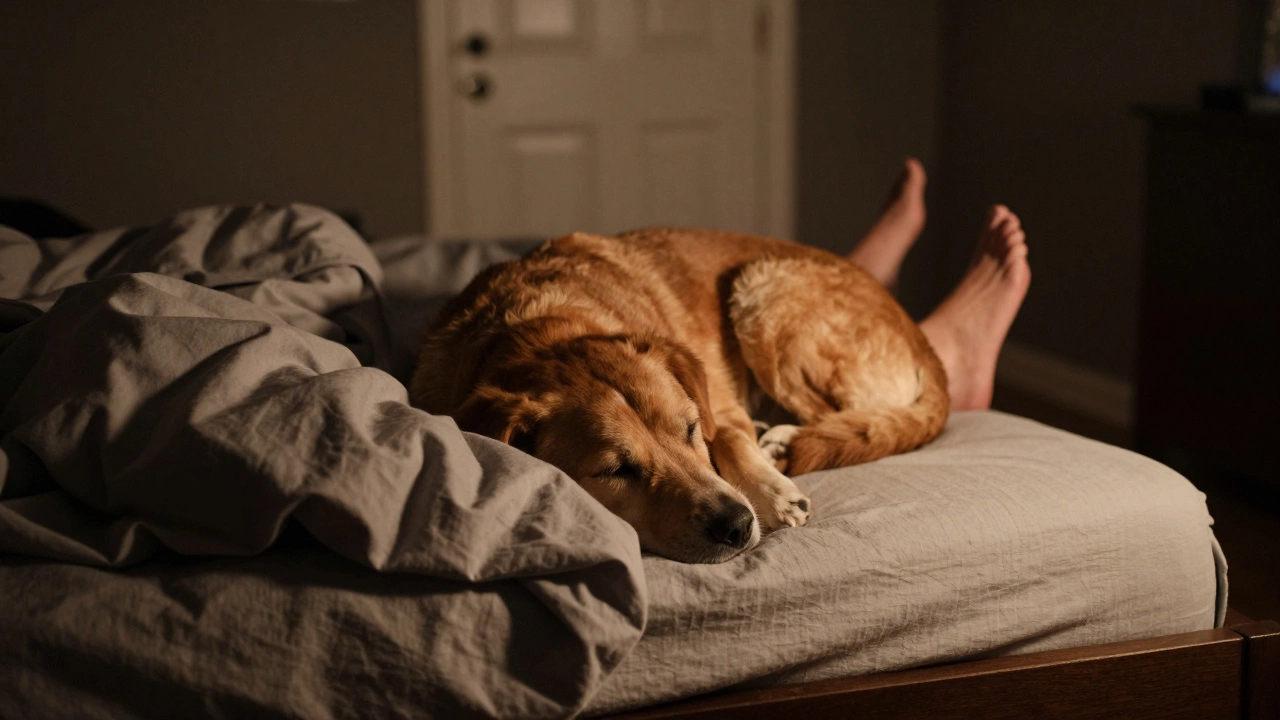Feeding our feline friends can sometimes feel like a science experiment. While many cat owners swear by wet food, others opt for dry, or even a mix of both. This discussion is particularly relevant as more folks consider the everyday wet food diet for their cats. So, is it really good or bad? Let’s dive into that.
One significant advantage of wet food is hydration; cats typically don't drink much water on their own, making moisture-rich food a good choice. But what's the balance between proper nutrition and potential dental health issues? And how do we ensure that our beloved pets are getting all they need from their daily meals?
In this article, I’ll guide you through the main benefits and potential downsides of daily wet food for cats. From understanding how it fits into their overall diet to sharing expert tips for feeding, let's explore if it's the right choice for your purring pal.
- Benefits of Wet Food for Cats
- Potential Drawbacks of Daily Wet Food
- Balancing Wet and Dry Diets
- Tips for Feeding Wet Food to Cats
Benefits of Wet Food for Cats
Cats are often known as finicky eaters, but when it comes to wet food, many felines simply can't resist. A key benefit is the moisture content. Unlike dry kibble, wet cat food provides a significant water source, which is vital for cats because they naturally have a low thirst drive. In the wild, their prey provides necessary hydration, meaning they aren't evolved to drink frequently. This intrinsic trait makes cats prone to urinary tract issues, particularly if they're on a strict dry food diet. Regularly consuming wet food can help mitigate these concerns, promoting a healthier urinary tract and reducing the occurrence of kidney problems. For owners of older cats, where kidney function can already be compromised, this is a crucial aspect of care.
Another prominent advantage of wet food is its often higher protein content, aligning with the natural carnivorous diet of a cat. Cats require a diet rich in animal protein and many wet food options cater to this need better than dry food. These diets can provide the essential amino acids and fatty acids cats need to maintain muscle mass and a shiny coat. Speaking of coat health, the additional oils and fats present in wet food often lead to improvements in the texture and sheen of a cat’s fur.
A common concern among cat owners is palatability. Let's face it, cats can be quite particular about what they consume. Wet food, with its aromatic scent and varied textures, tends to be more appealing than the monotonous crunch of dry kibble. This is vital for underweight cats or those recovering from illness, where enticing them to eat is paramount. An unwell or finicky eater would more likely consume a hearty portion of cat wet food, gaining the necessary nutrients to get back on their paws. Palatability and variety in wet food can make it easier for owners to provide a balanced diet without the feline rebellion at mealtimes.
According to Dr. Jane Bicks, a respected veterinarian, "The higher moisture content in wet foods is critical in the management of urinary tract health and can help keep your cat at a healthy weight for longer."
Although not an exhaustive list, these benefits highlight why wet food is an attractive option for many cat owners. As always, it's important to consult with a veterinarian to tailor dietary choices to the specific needs of your unique feline companion. A combination sometimes offers the best of both worlds—using wet food to increase water intake and dry food for dental health benefits. These strategic choices can ensure your kitty remains a healthy, happy member of the family.
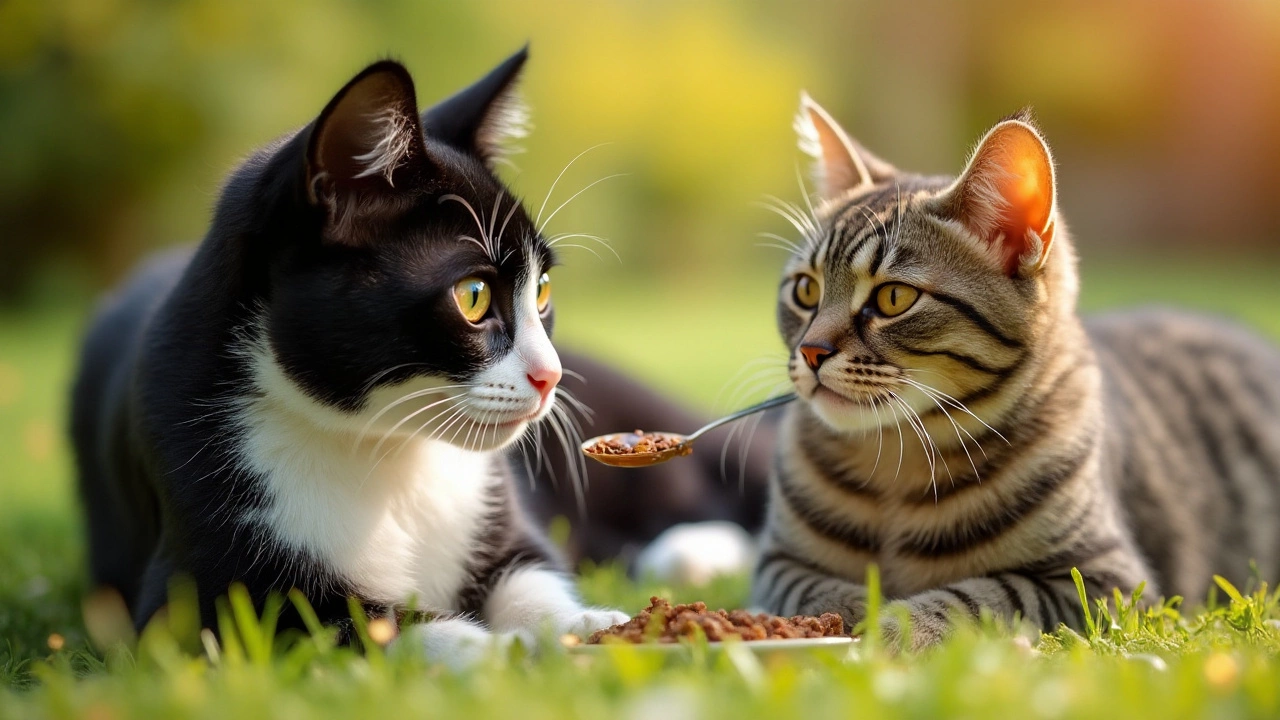
Potential Drawbacks of Daily Wet Food
While feeding your cat wet food daily might sound like a convenient and healthy choice, it does come with certain considerations that every pet owner should weigh carefully. A primary concern with wet food is dental health. Cats that primarily eat wet food may not have the opportunity to naturally clean their teeth through the scrubbing action that kibble provides. This lack of natural dental hygiene can lead to a buildup of plaque and tartar, potentially resulting in periodontal disease. Of course, regular dental check-ups and cleanings can mitigate this risk, but they require a conscientious approach from the owner.
Another thing to think about is the cost factor. Wet cat food generally tends to be more expensive than dry food. For those with multiple cats or on a tight budget, this can significantly impact monthly expenses. Cost is not just about the immediate price tag, but also about any potential vet bills related to issues like obesity, which is another concern. Wet food is often more palatable and energy-dense, leading some cats to overeat if portions aren't carefully controlled.
“Excessive consumption of calorie-rich foods can result in overweight pets, which is a growing issue in feline health,” says Dr. Jane Brunt, a respected veterinarian and feline health expert.
Spoilage is also something to keep in mind. Wet food lacks preservatives found in dry food, which means it spoils faster once opened. This is especially true with hot weather, which can complicate feeding routines, especially if your cat is a grazer. Pet owners must be diligent about refrigerating leftovers and ensuring fresh portions at each feeding.
On top of that, you must consider the environmental impact. The packaging of individual-serving wet food contributes more waste compared to larger bags of dry kibble. Managing this waste responsibly can be a concern for environmentally conscious pet owners.
Finally, the consistency and messiness of wet food can be unappealing to some cat owners, particularly if their pets are not inclined to tidy eating habits. Cleaning up after meals can become a daily chore, leading some to question whether the benefits outweigh these potential drawbacks. Balancing your cat's dietary needs with his or her overall quality of life is crucial. Each cat is unique, and owners should consider what works best not just nutritionally, but also practically for their personal circumstances.
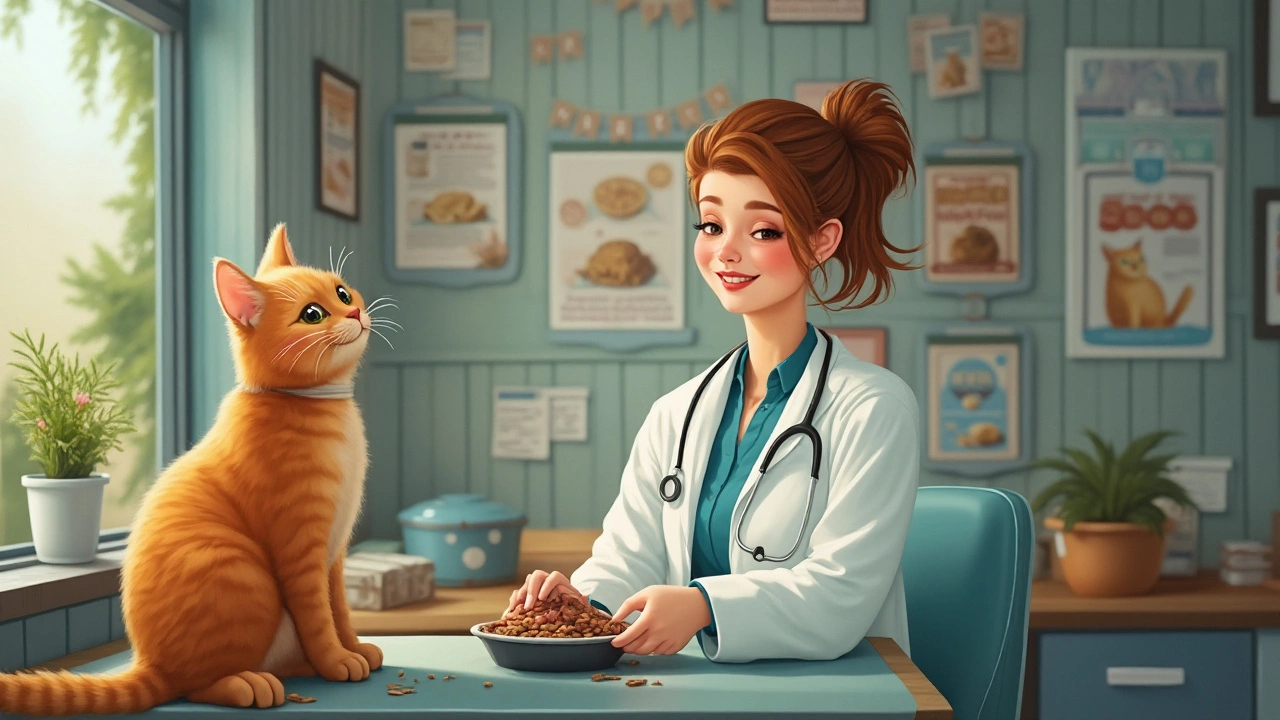
Balancing Wet and Dry Diets
When it comes to finding the perfect balance between wet food and dry food for your cat, consider both nutritional value and personal preference. Cats need a diet rich in proteins and fats since they are obligate carnivores. Wet food often packs a punch in this department, offering excellent hydration and a source of high-quality proteins and fats. However, dry food has its benefits, too—in particular, dental health. The texture of dry food helps to scrape away plaque and tartar from cats' teeth, promoting oral hygiene. This doesn’t mean that wet food is out of the question, though. Instead, you can cleverly balance both types to capitalize on their complementary strengths.
A key to success is listening to your cat’s preferences while keeping its nutritional needs in mind. You may find your cat leaning more towards the moisture-rich, aromatic cat wet food, or they might naturally prefer the crunchy texture of dry kibble. Gradually transitioning between the two types can ensure they get accustomed to both. This way, your feline doesn't miss out on any essential nutrients or textures required for different health benefits. It's suggested by experts to follow a ratio that includes both, but adjust based on your cat’s unique needs and lifestyle.
Additionally, consider the environmental factors influencing your cat’s dietary needs. Cats that are active and spend time outdoors might require different nutritional compositions than those who are indoor-bound. Some cat owners have found success by feeding wet food in the morning and dry food in the evening, or vice versa, depending on the meal schedules and preferences. A feeding schedule that incorporates both provides the optimal nutrition profile that supports their activity levels and health needs. This diverse approach to feeding also prevents the monotony in meals, keeping the cat interested and engaged during feast times.
To illustrate the nutritional benefits, here’s how both foods typically compare:
| Nutrient | Wet Food | Dry Food |
|---|---|---|
| Moisture | 75-80% | 10-12% |
| Protein | 8-12% | 28-30% |
| Fat | 2-5% | 10-12% |
Experts like Dr. Jessica Vogelsang often note that, "A mix of both wet and dry diets can provide a balanced intake of moisture and protein, promoting long-term health and wellbeing." For those concerned about nutritional content, it's essential to choose high-quality options from reputed brands. Remember to always check the ingredients list for unnecessary fillers or unwanted additives. A tailored diet, matching both their physiological needs and preferences, can ensure a happy and healthy cat, minimizing the risk of various health problems.
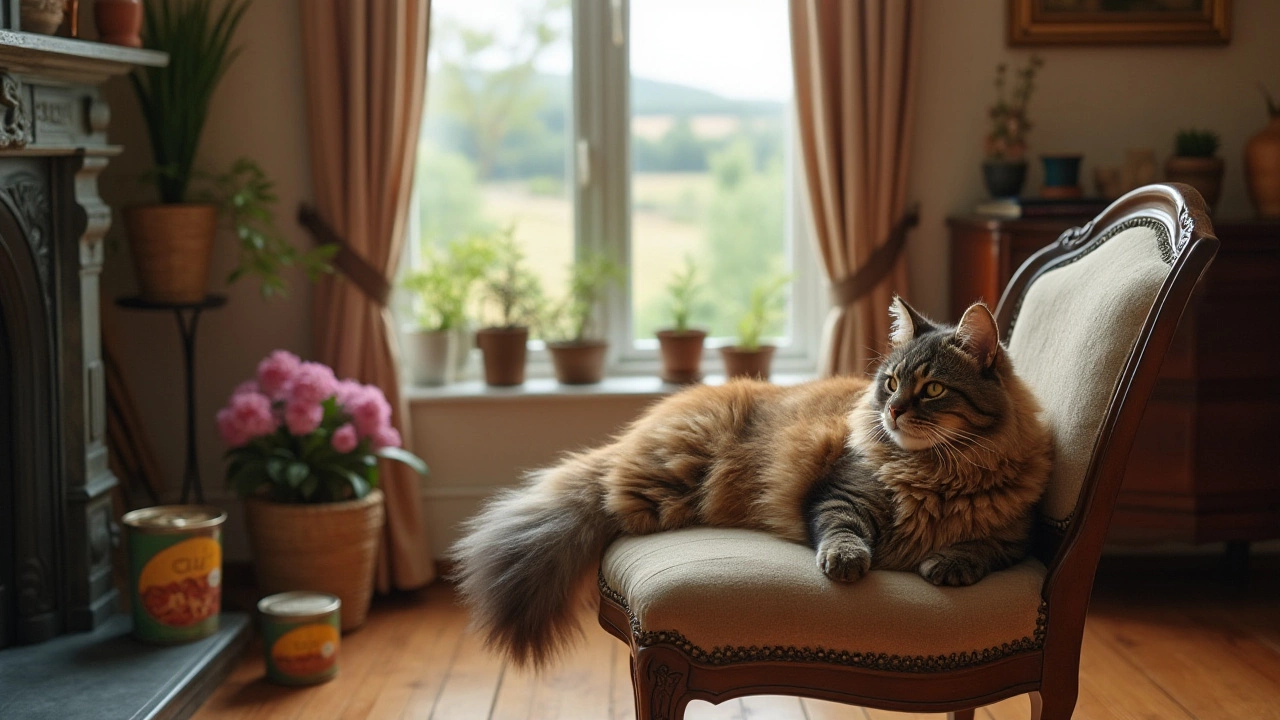
Tips for Feeding Wet Food to Cats
Feeding your furry friend cat wet food doesn't have to be a daunting task. The process can actually be enjoyable for both you and your cat by following some simple tips. Consistency is key when it comes to setting a meal routine. Cats, like humans, thrive on routine, and having set feeding times can create a sense of order and dependability. It's important to serve the same amount of wet food each time to ensure your cat isn't over or underfed. Make sure to discard any leftovers after 30 minutes to prevent any bacteria growth that could upset your cat’s stomach. This bit helps in keeping your feline's diet cleaner and fresher.
One way to make sure your cat gets a balanced diet is to rotate different flavors and blends among the wet foods. Doing so not only keeps meals exciting but provides a broad range of nutrients that various brands and formulae might offer. Some pet nutritionists suggest the rotation method to introduce variety in your feline’s diet without causing digestive upsets. If you're switching brands or flavors, do so gradually by mixing the new food with the old to help the transition. Don't hesitate to consult with your vet to understand how different companies assess nutrition to make an informed choice.
For portion control, it might help to check guidelines typically placed on the packaging but always consider your individual cat's needs based on activity level and overall health. A rule of thumb is to feed about a half can of wet food per feeding if your cat is of average size. Of course, this can vary, and consulting your vet would help pinpoint specific dietary needs. Utilizing feeding tools like a kitchen scale for accurate portions and maintaining a feeding schedule is beneficial.
After opening a can, feline diet safety becomes crucial. Make sure to store leftovers in an airtight container in the fridge. Serving it slightly warm rather than cold straight from the refrigerator often makes it more palatable for your cat. Simply let it sit out for a few minutes or use warm water to mix it briefly before serving. Never use a microwave to heat the food as it can actually alter the nutrients.
"Feeding wet food can be beneficial, but remember, balance and moderation are vital," says Dr. Zazie Todd, author of 'Purr: The Science of Making Your Cat Happy'. "Wet food hydrates, yet often leads to dental challenges if used alone. Complement it with dry kibble or dental treats for a holistic approach."

